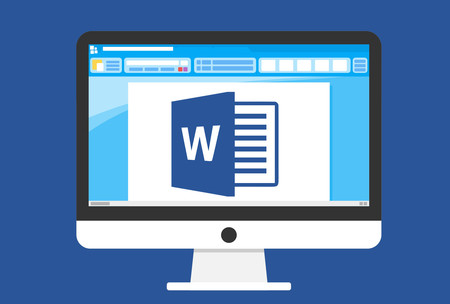DO
Look carefully at the photo. Think carefully how
to start. In some exams you are given some time to think about what you are
going to say. Use that time!
Scan the picture and identify the topic. It is
better to start with a general statement.
For
example, They are clearly both connected to the topic of science… but in two
quite different contexts. Use present continuous to describe what is
happening.
Remember the pictures are just an excuse to talk
about the topic, so don't give a very detailed description. Select the relevant
details Sometimes there is a question or a statement to help you identify the
topic. Sometimes, you can find a word-cloud with some ideas (ex nightlife,
pollution, facilitites) to help you talk.
When comparing the pictures, talk about the
similarities and differences between them.
For
example: Both pictures show… but this one…, whereas the other one…
Use a wide range of vocabulary. Remember this is
a picture so you cannot be 100% sure what is happening. Use appropriate
language to show you are guessing.
Speculate about the pictures. You are not asked
simply to describe what is happening.
For
example: He is likely to / she’ll probably find it quite tough
Give your opinion, using a variety of structures.
If the photographs surprise you, show surprise -your voice should reflect your
feelings and attitude. Don't forget to develop your ideas. Don't forget to use
Linking Words to connect your ideas.
Use all the time you're given. If you're given
three minutes, you'll need to talk the three minutes. Practise!
DON'T
Don't use the present simple to describe what is
happening
Don't give ennumerations
Don't use "I think…" all the time.
Don't give complicated explanations if you are
not sure.
Don't stop talking until the examiner indicates
the exam has finished
Don't worry if you don't understand immediately
what is going on in the picture.
Remember you are allowed some time to organise
your ideas. Use it!
Don't worry if you don't know the precise word
for what you can see; paraphrase Don't talk about something that is not
relevant to the pictures
SPECULATING
I think / I
guess/ I suppose it is... I expect/ I imagine it is... It/he must be.... It /he
can't be I am not sure but, they could be.. It's not very clear but,
probably... I can't make it out but, perhaps Maybe, perhaps they are...
They seem to
be eating something It can/could/might (not) be .... Probably/Perhaps
* It is used
to write....
* It is
something you do when...
* It's a
person who...
* It'
something which
* It's a kind
of/some kind of..
* It's a sort
of/some sort of ...
* It's like a
...
CONTRAST
USING
In both
pictures... Both pictures depict .. In this one .. and in the other one...
Both of the
photos show..
Neither of
them .... Similar to... The same as Like... In the same way....
Whereas While
On the one hand... on the other hand
Instead of
Unlike.....
ILLUSTRATE USING
For
example... For instance... such as...
COMPARE
The main
difference between the photos is... In the first picture...whereas the other
picture... Unlike.... this looks like... In contrast...
GIVE
OPINION
• As far as I know… • Speaking for myself… • In my opinion… • Personally, I think… • I'd say that… • In my experience… • I'd like to point out that… • I believe that… • What I mean is… • My personal view is that • I might be wrong but … • It seems to me that..
I
think I'd prefer... as... If I had to choose I would... It's very hard to say
but ....






 4th ESO and BTO 1
4th ESO and BTO 1






